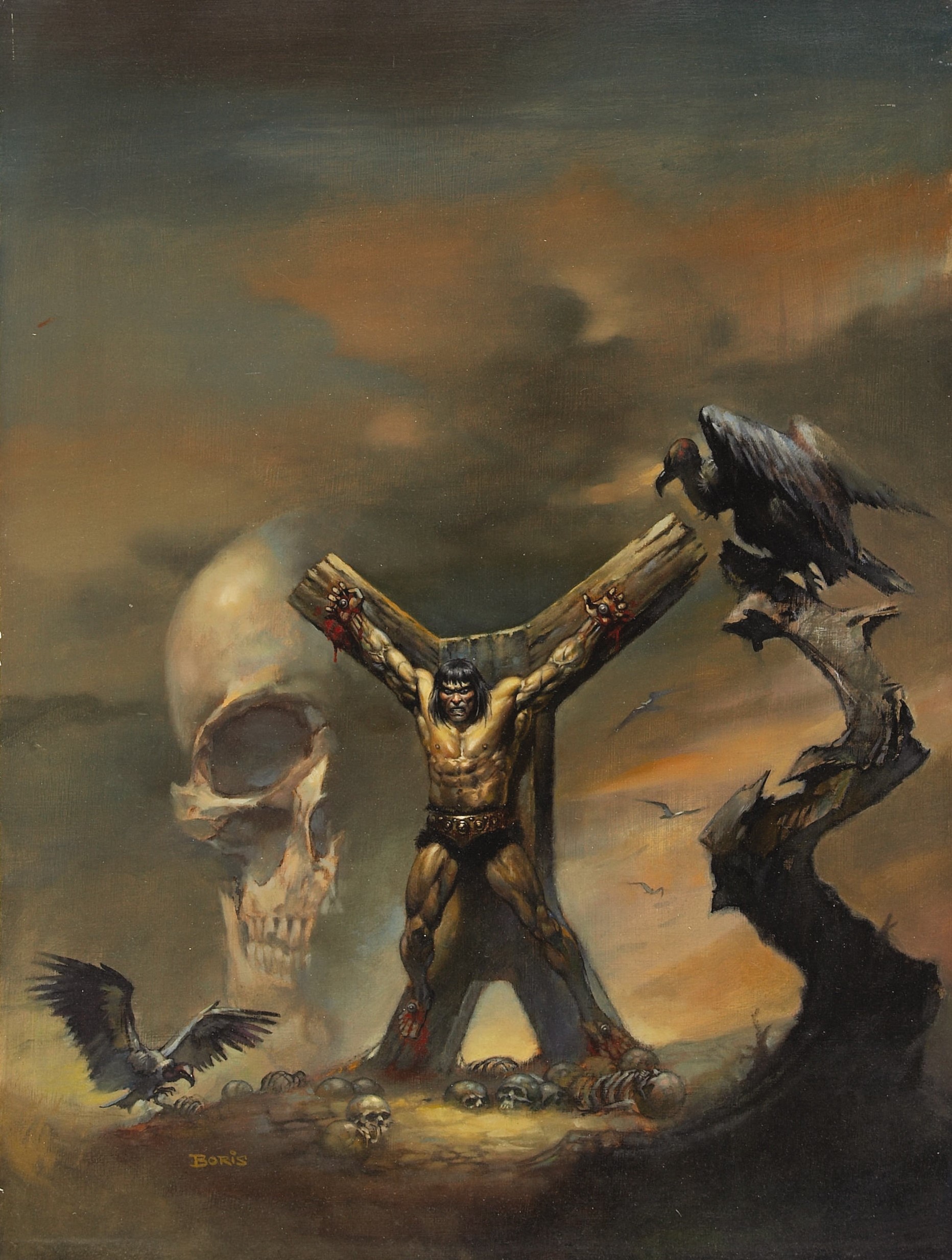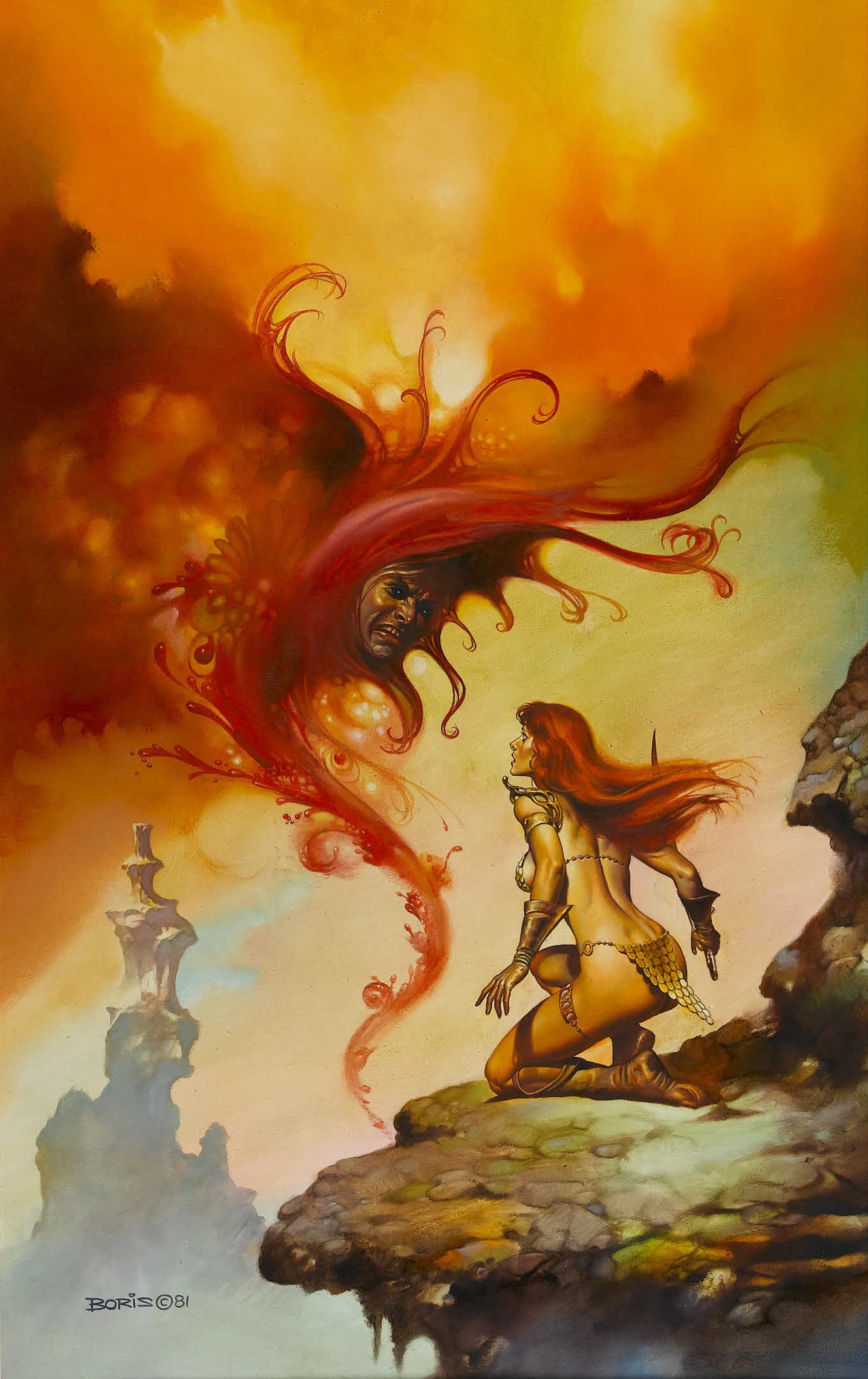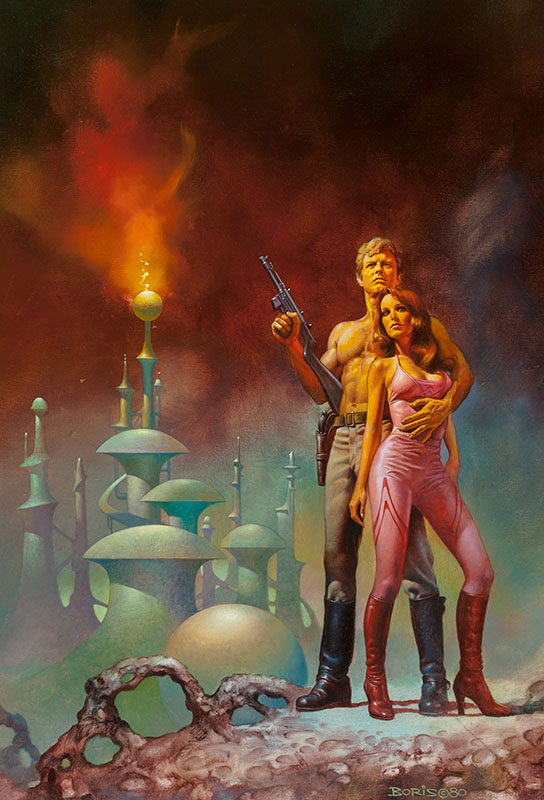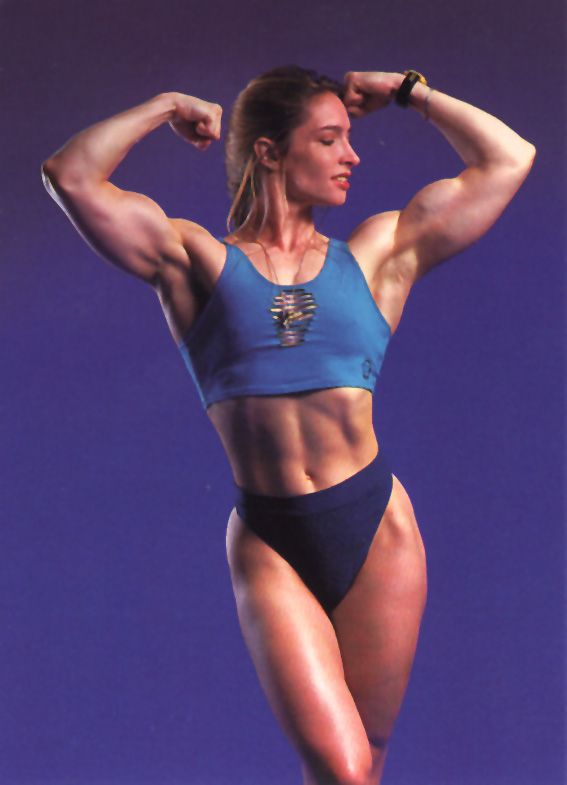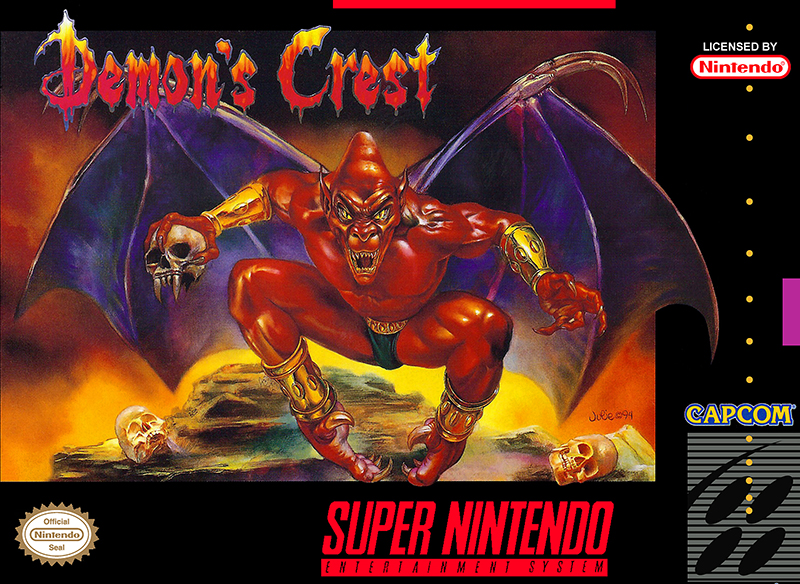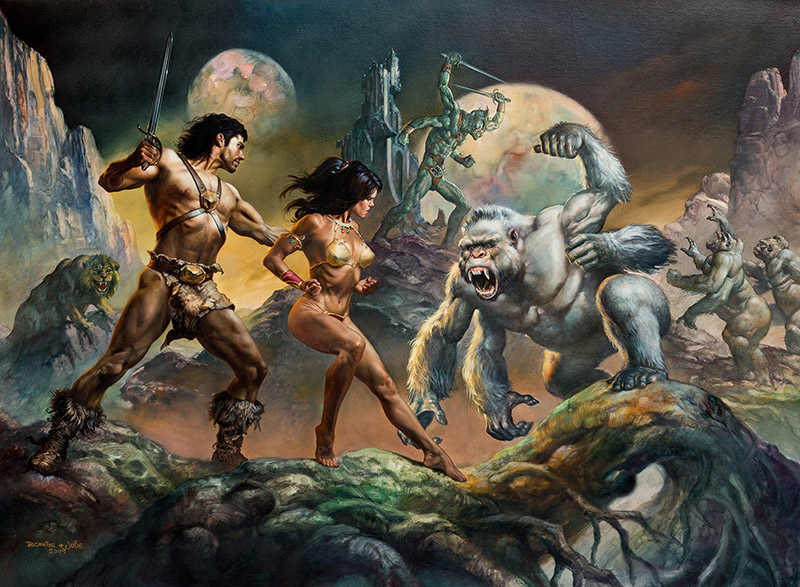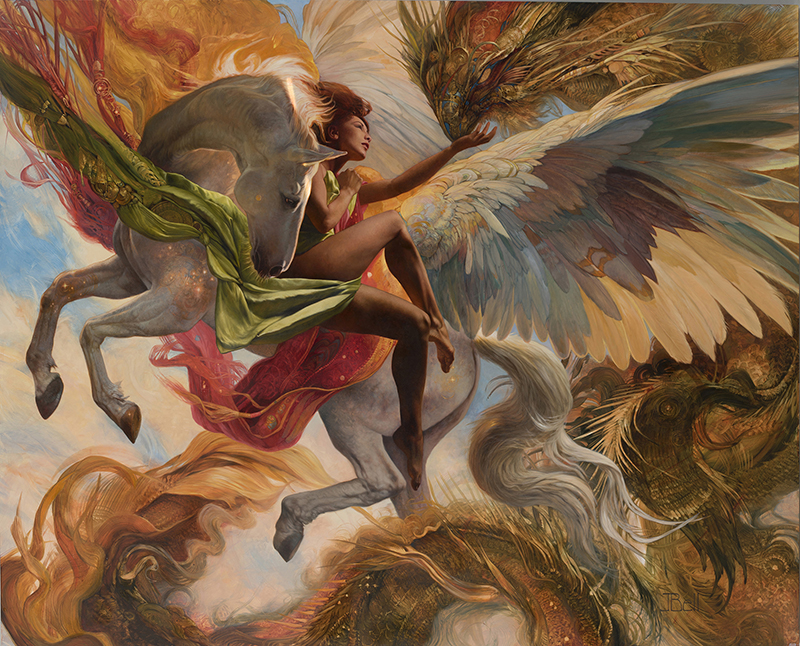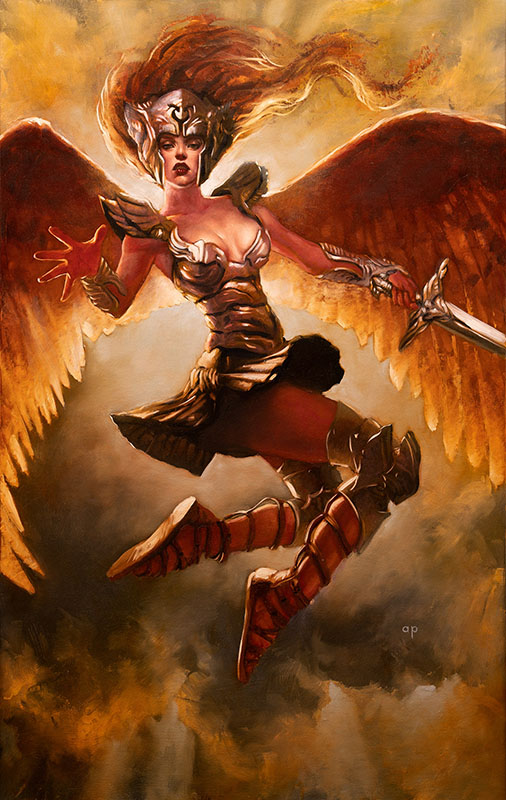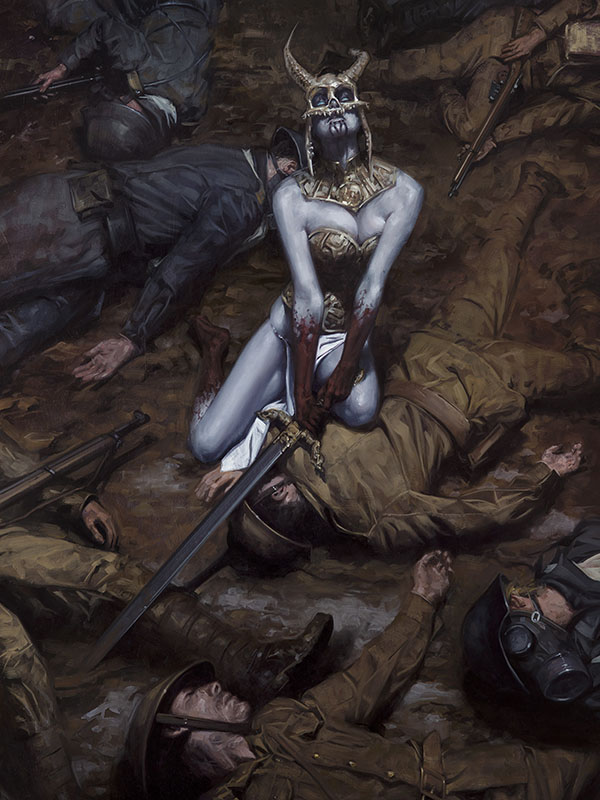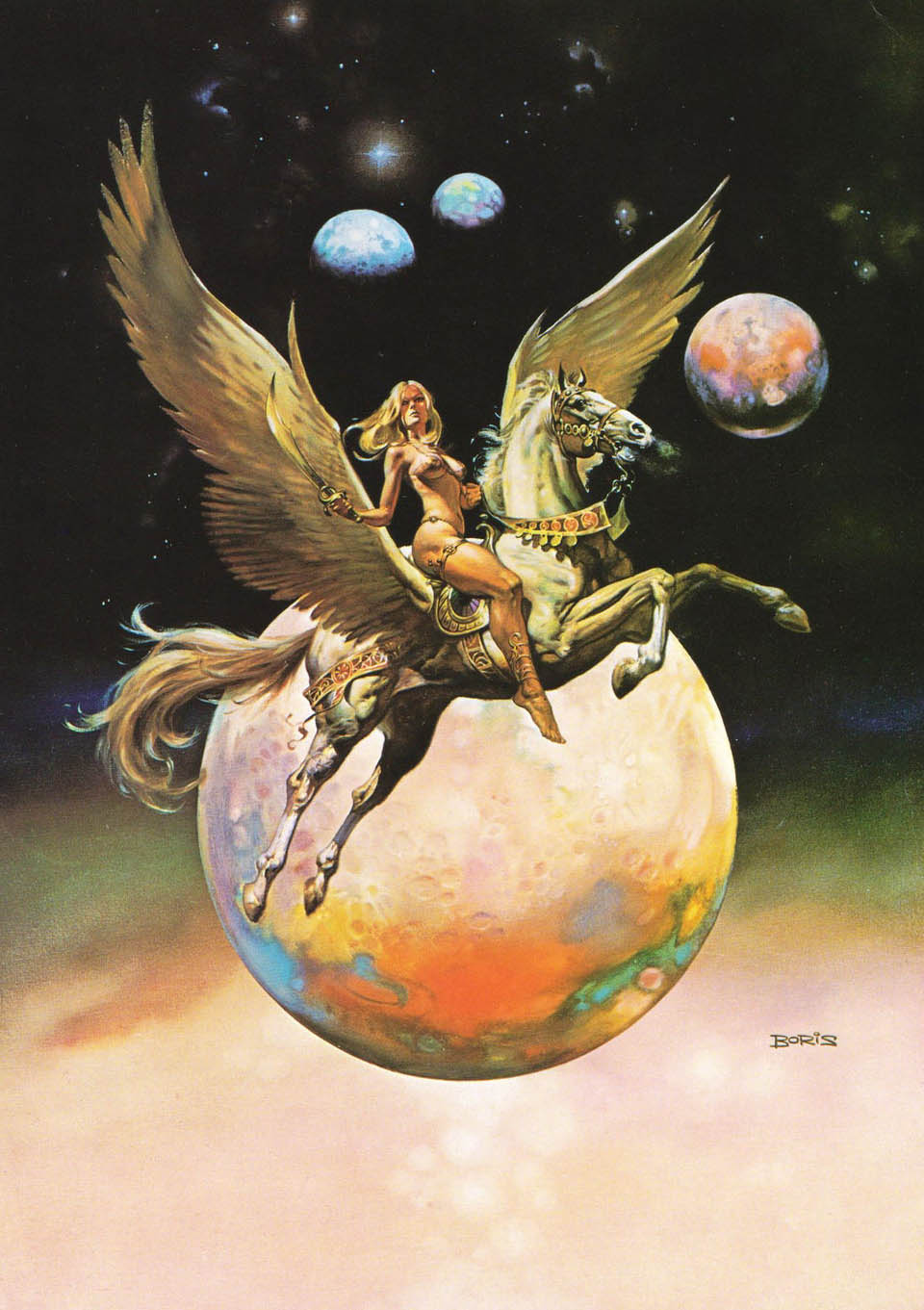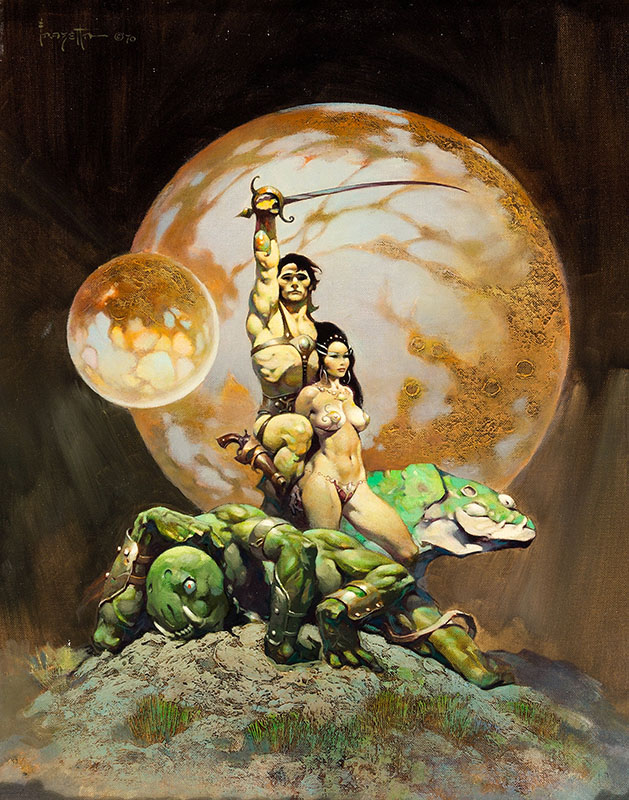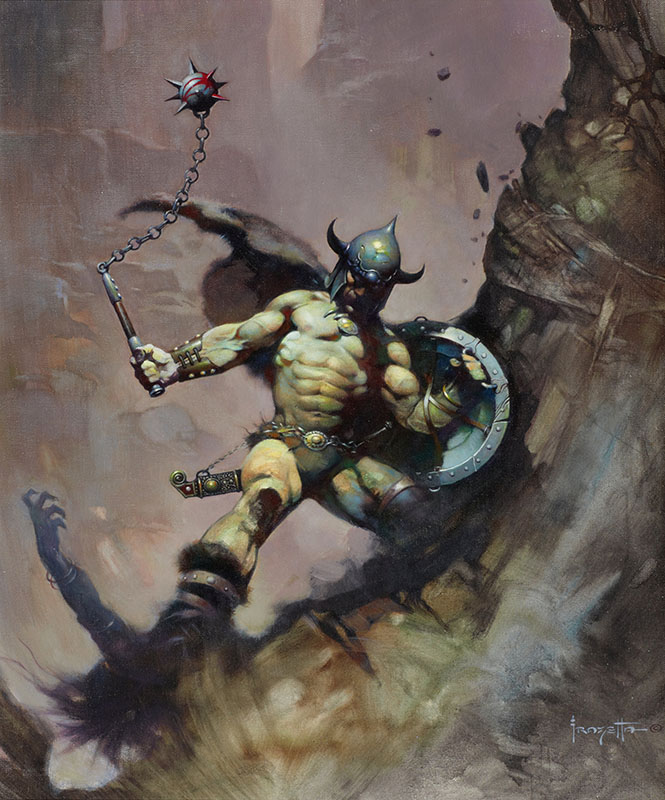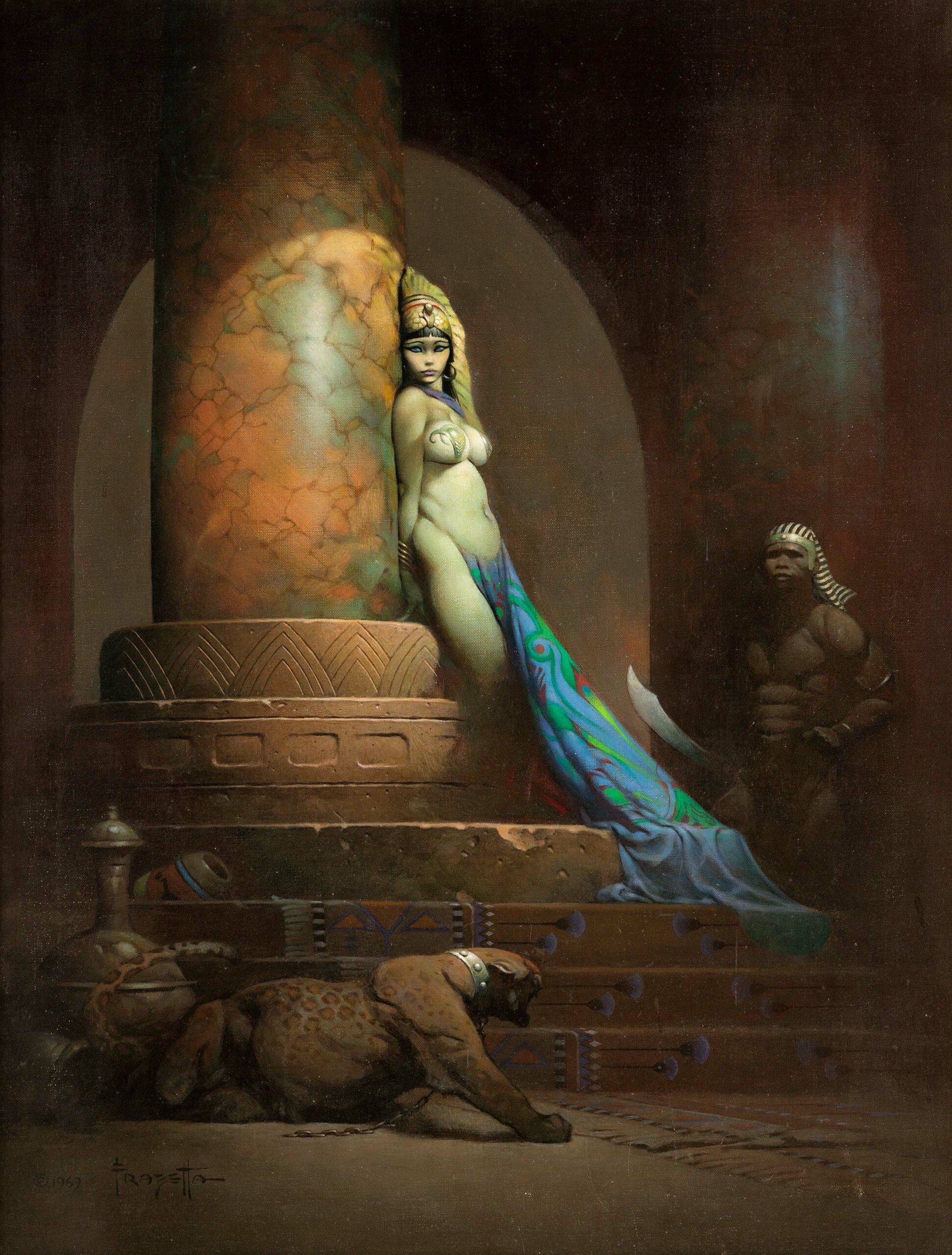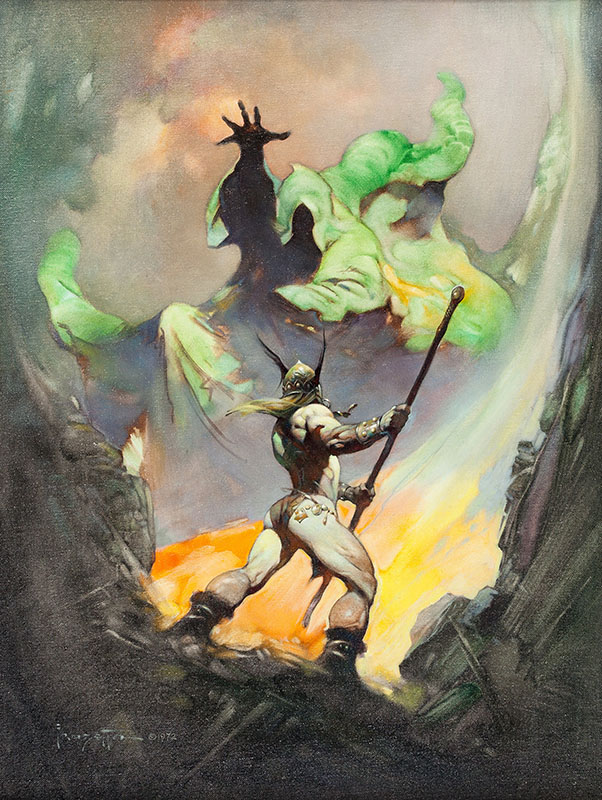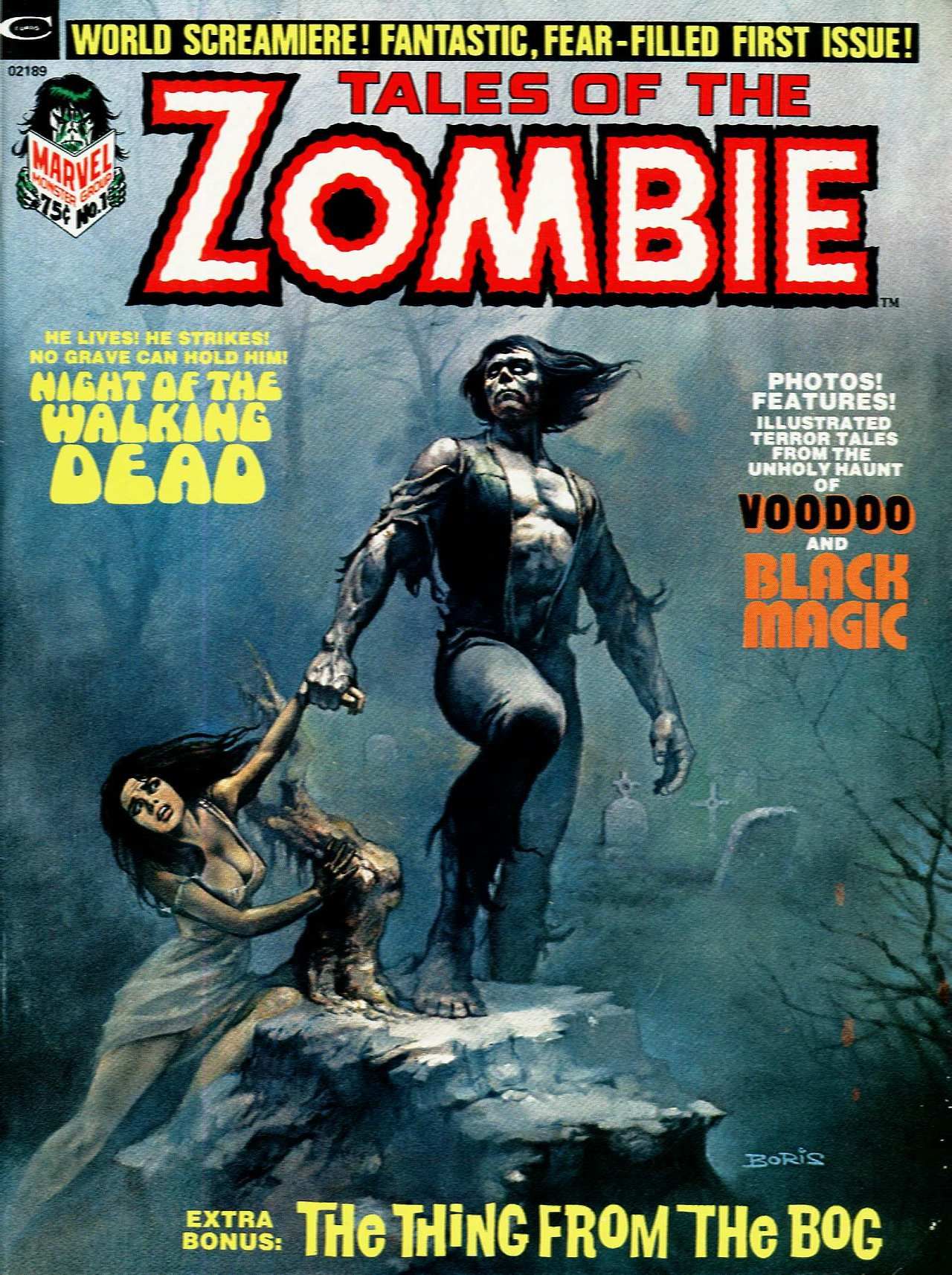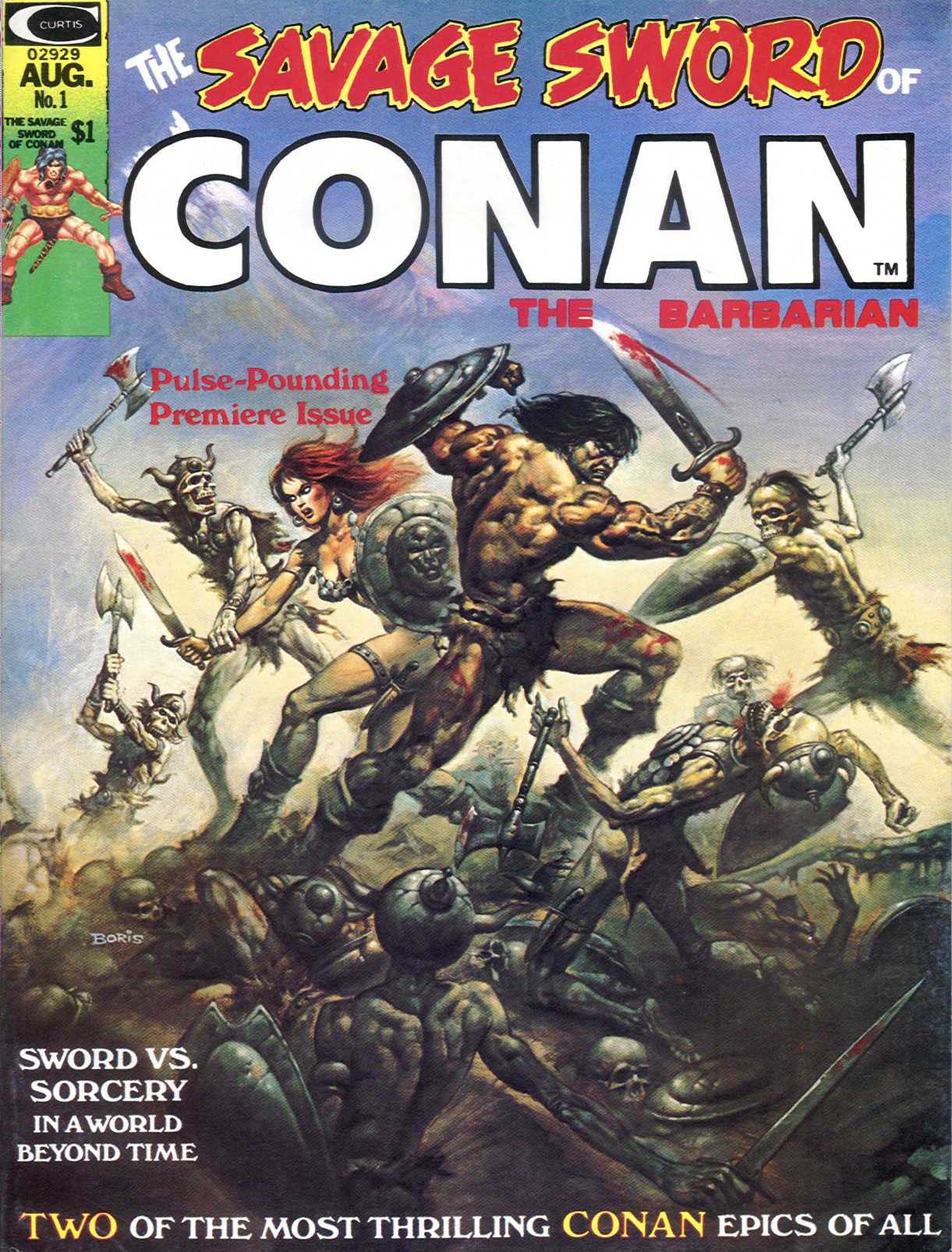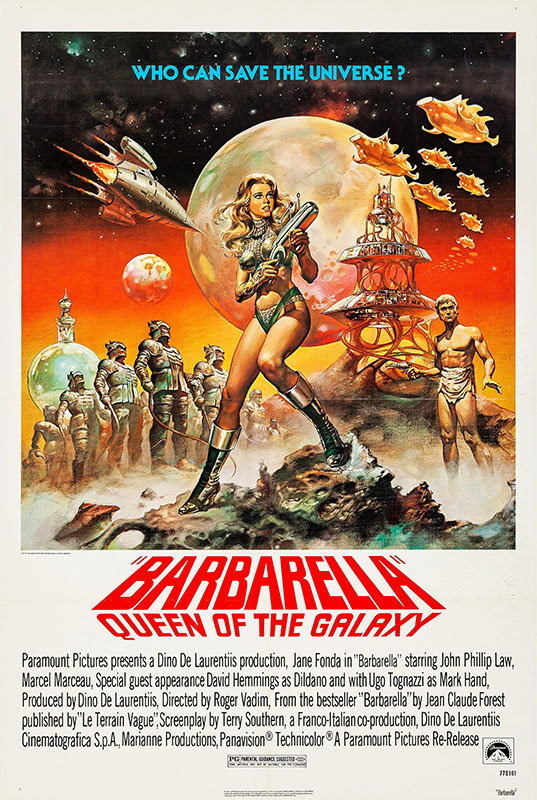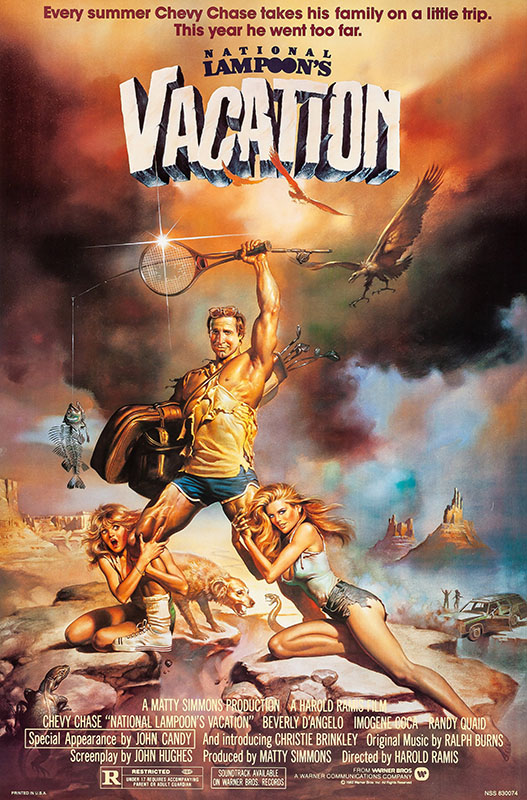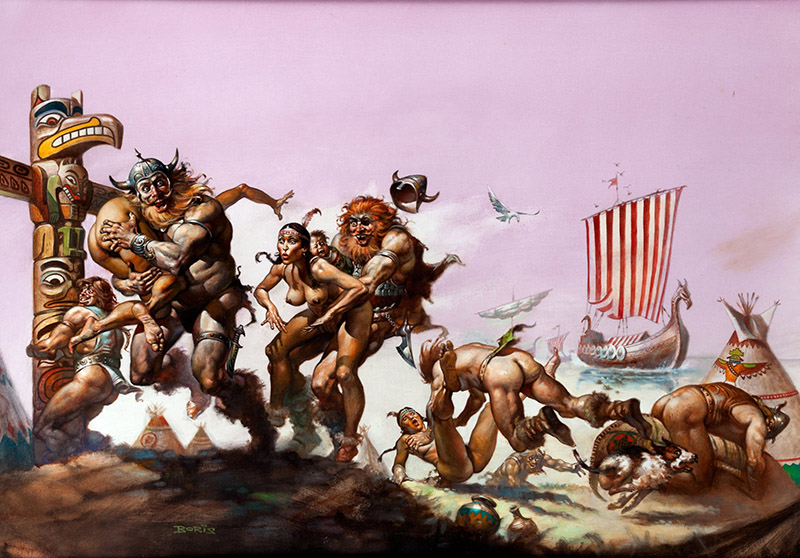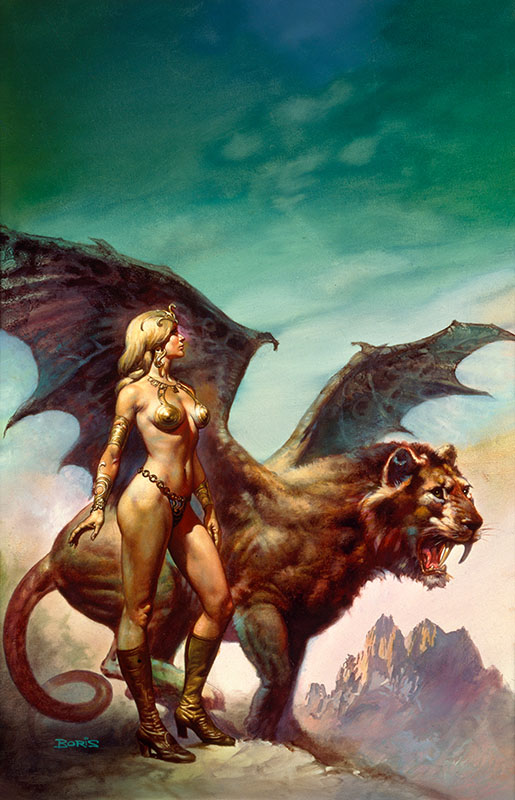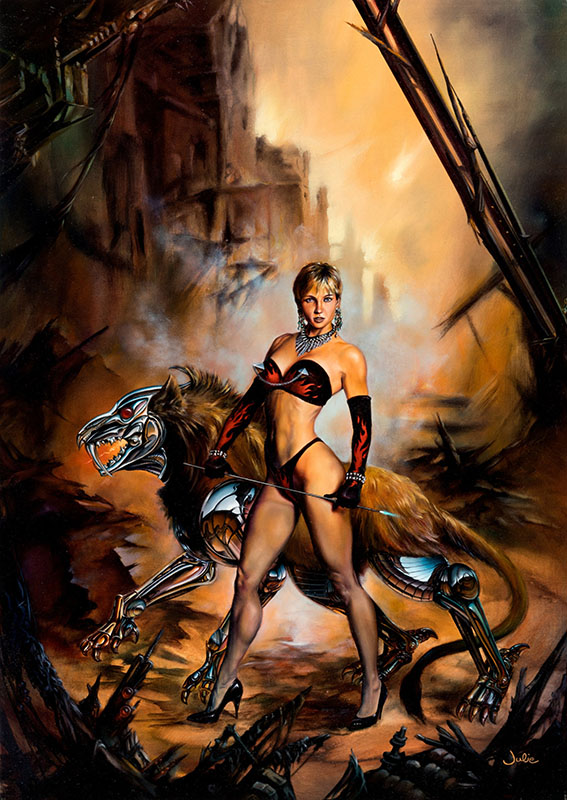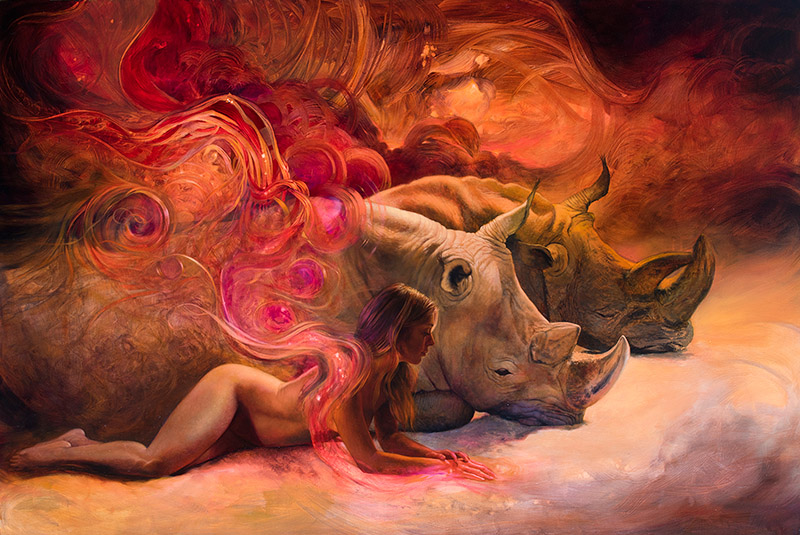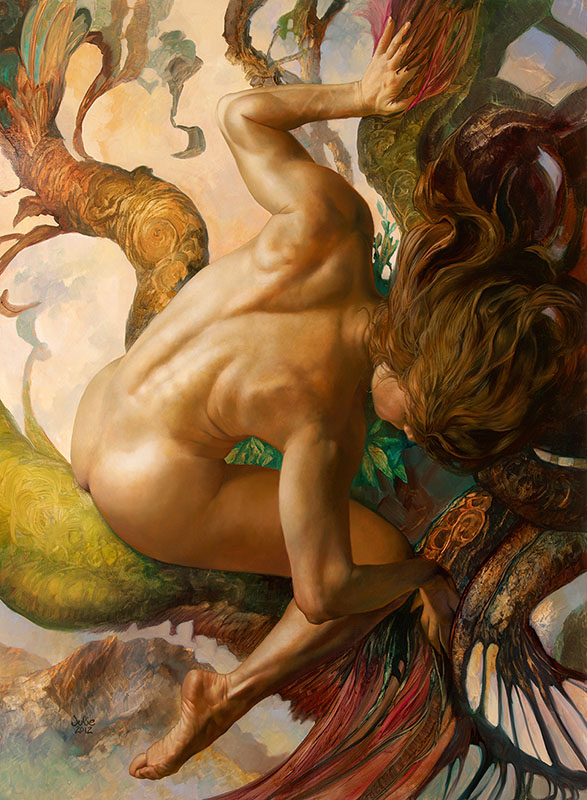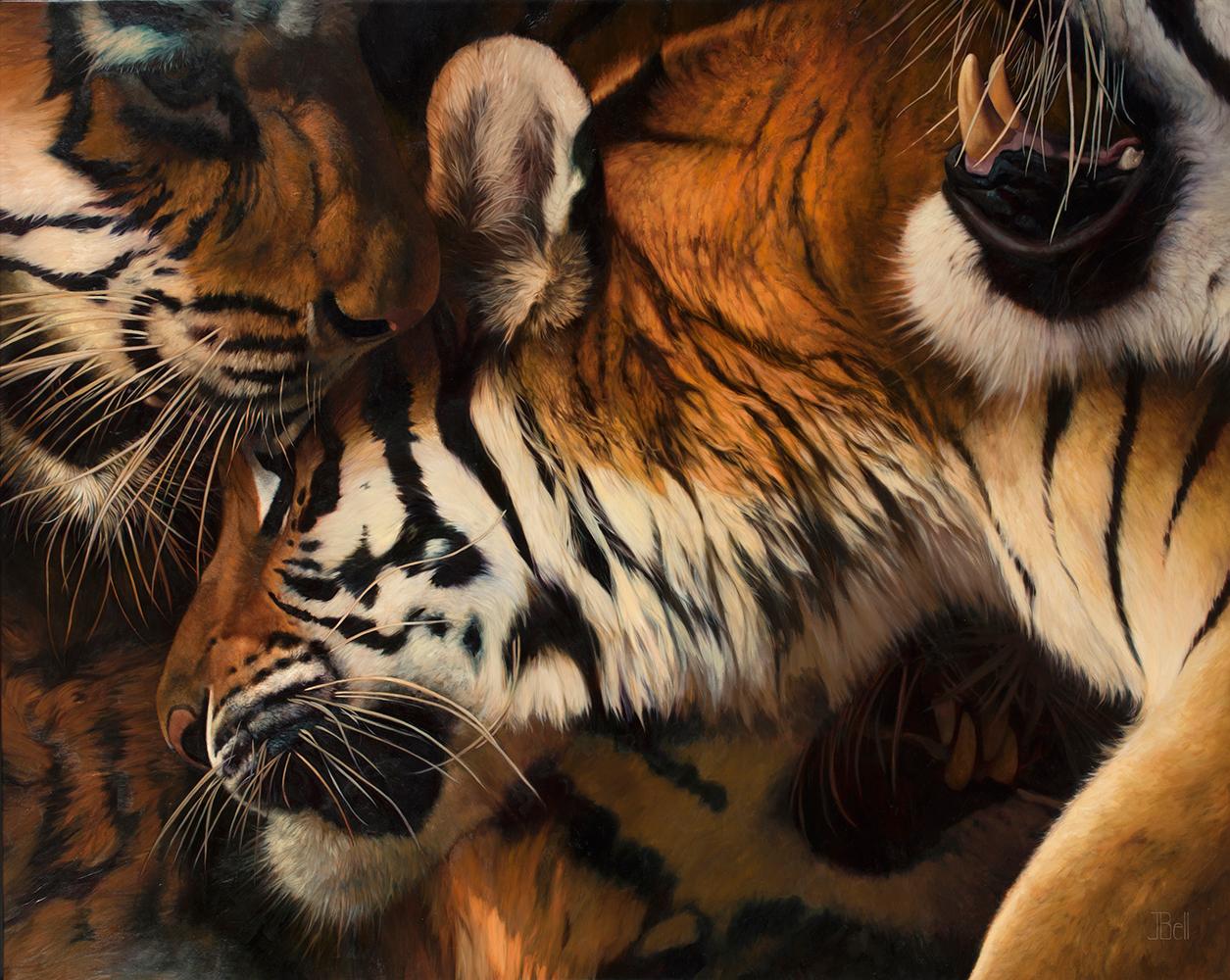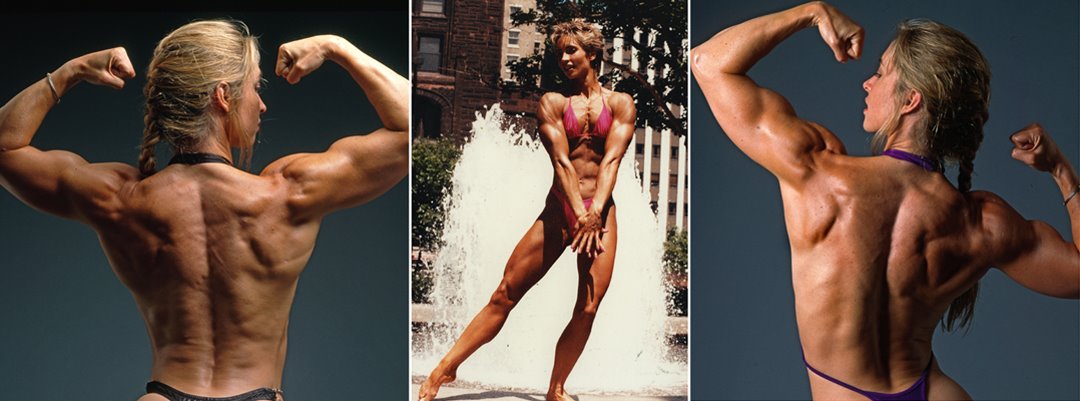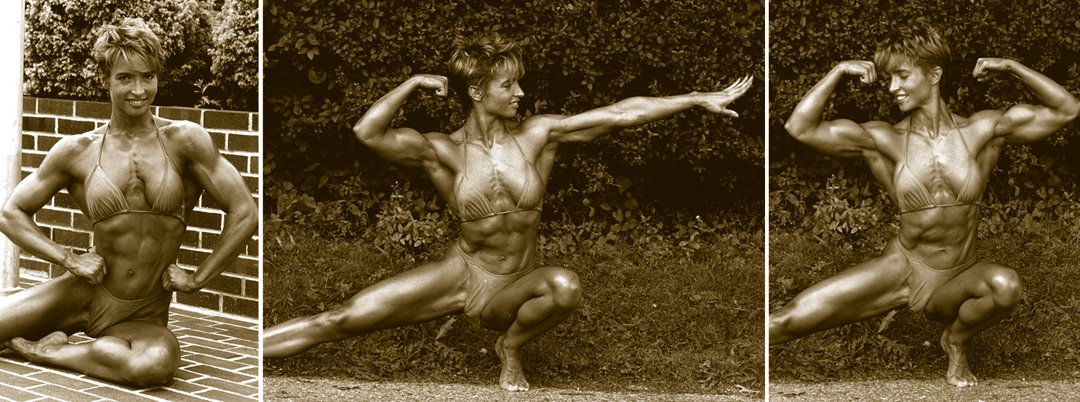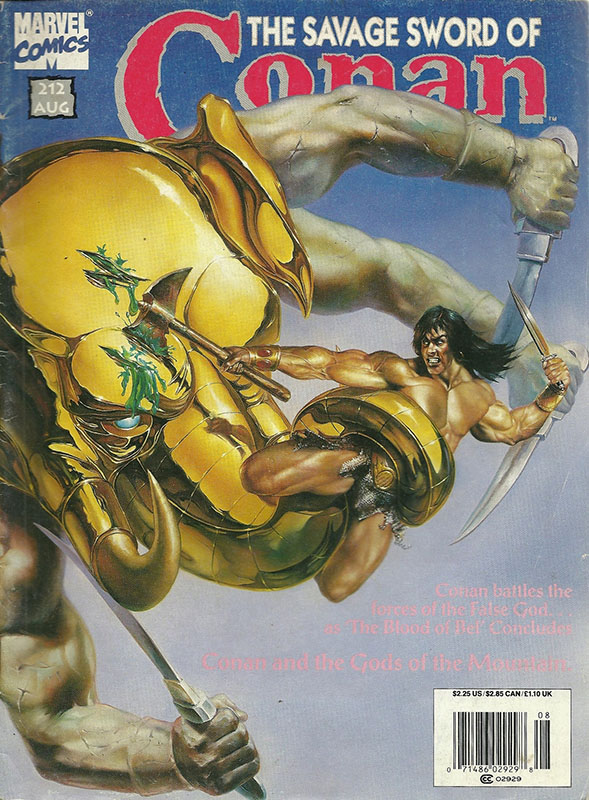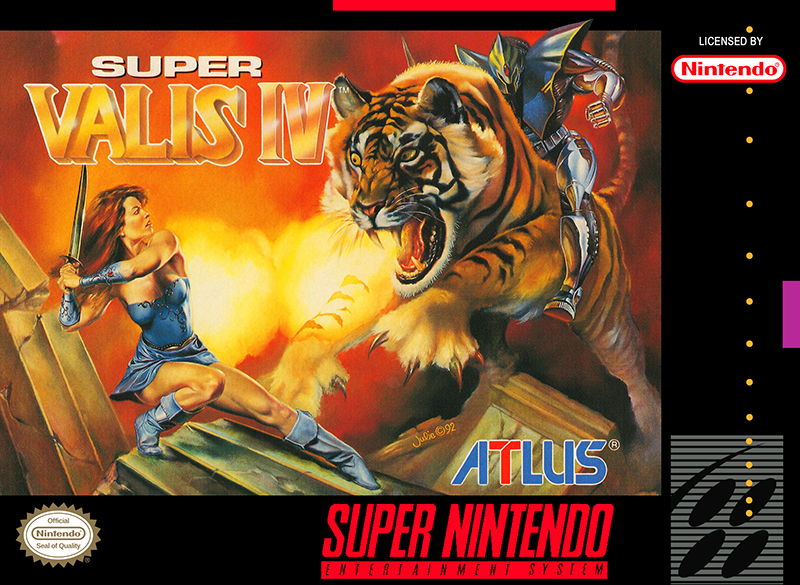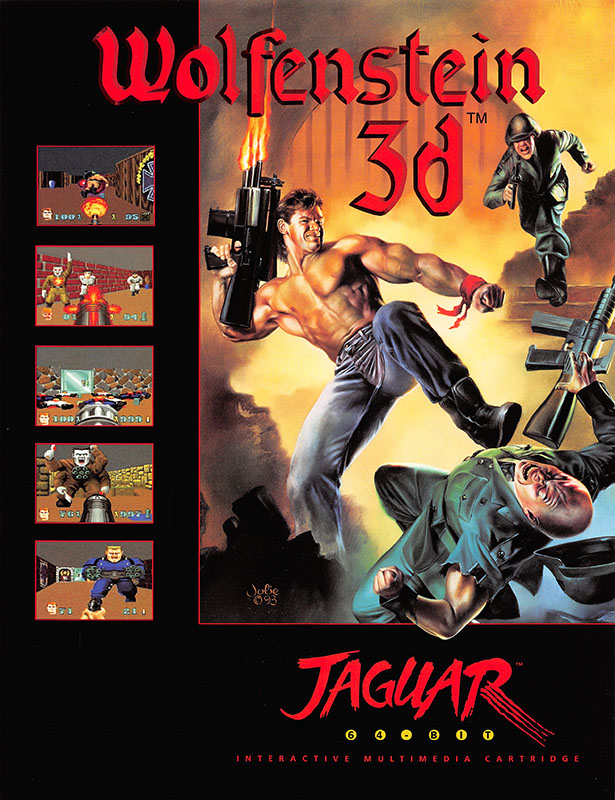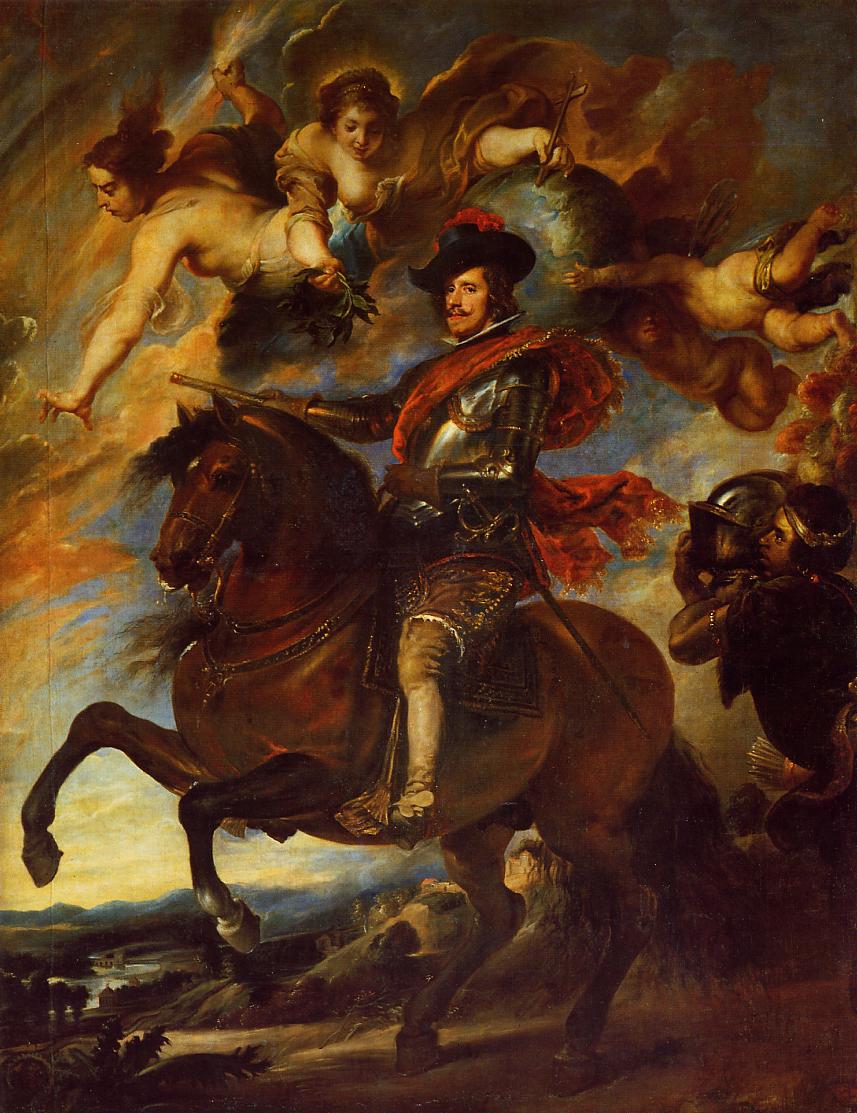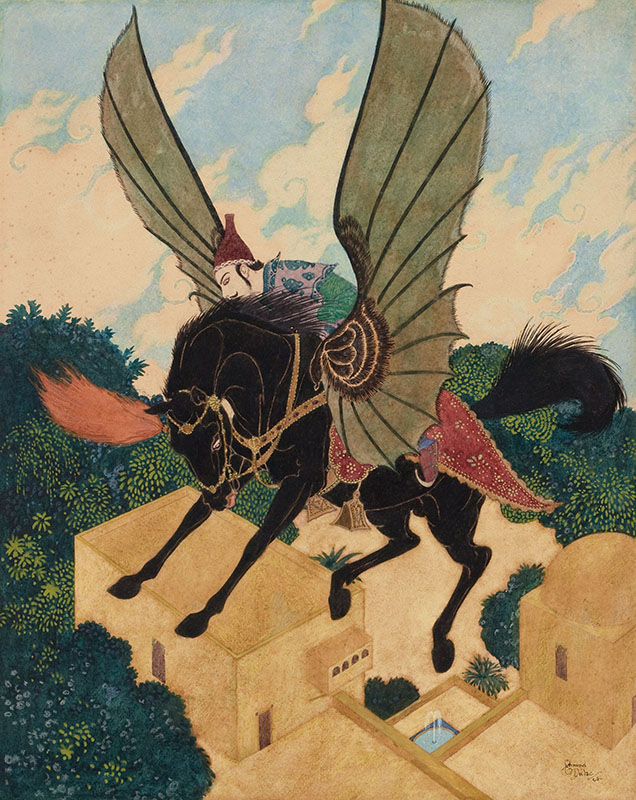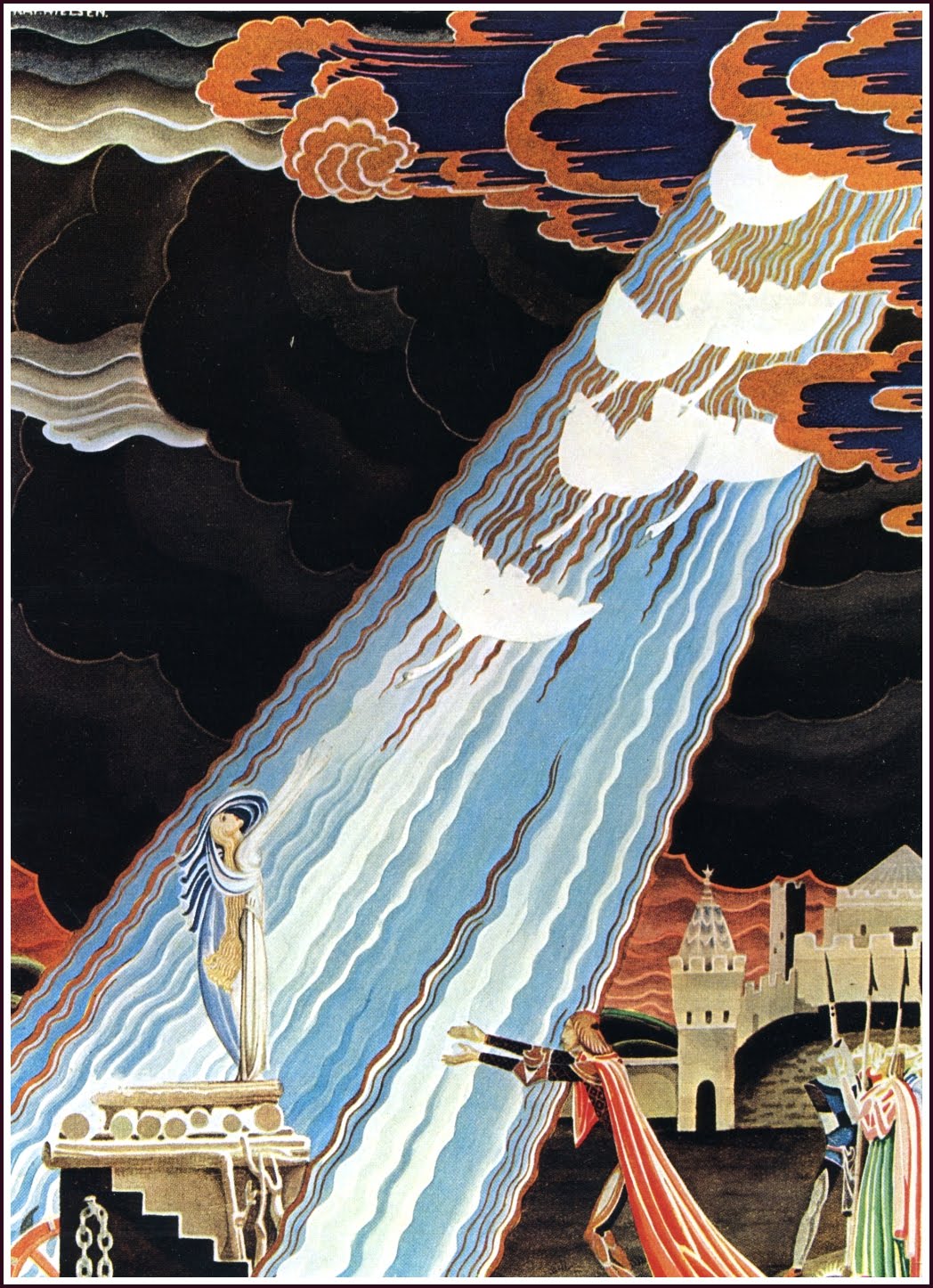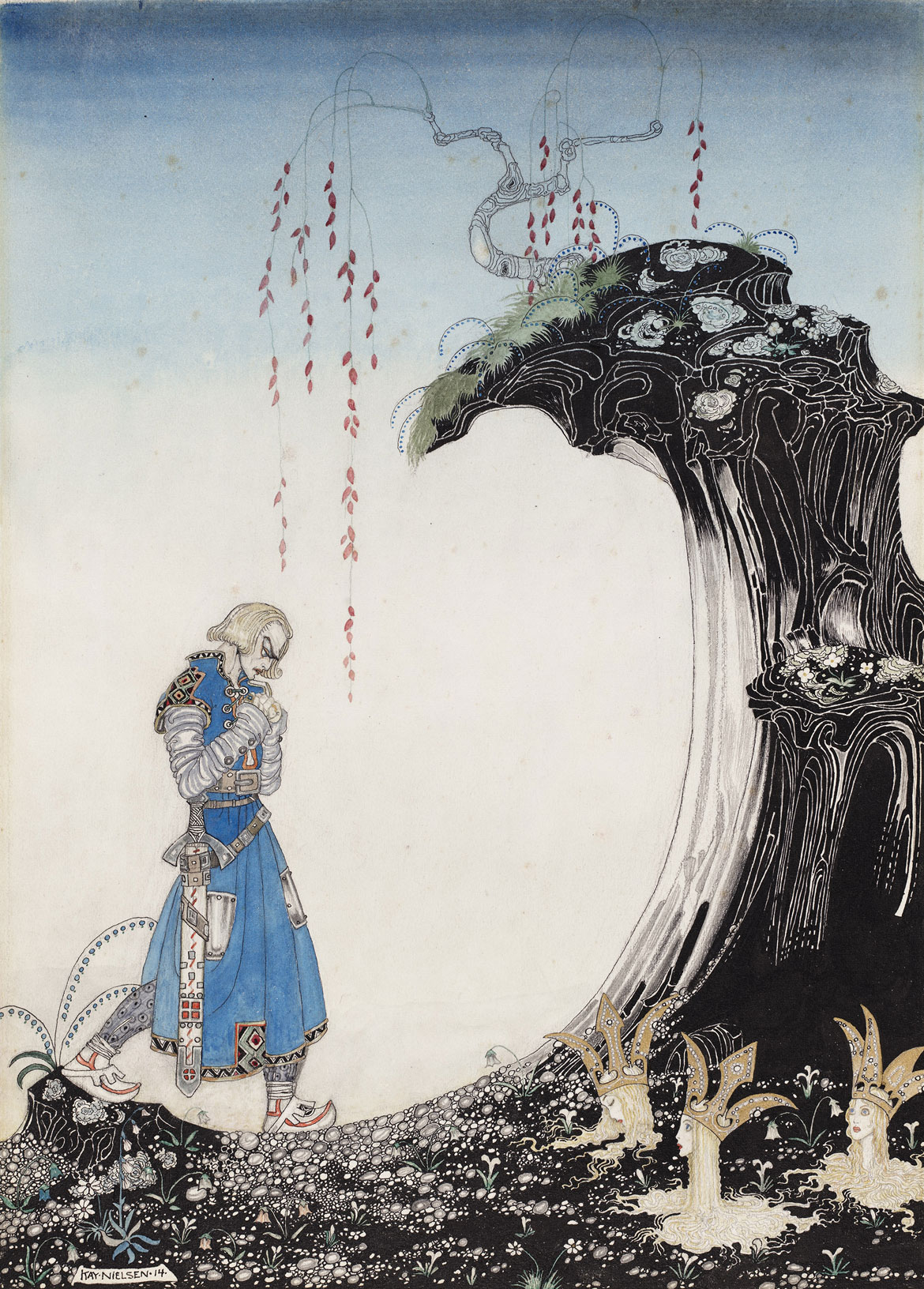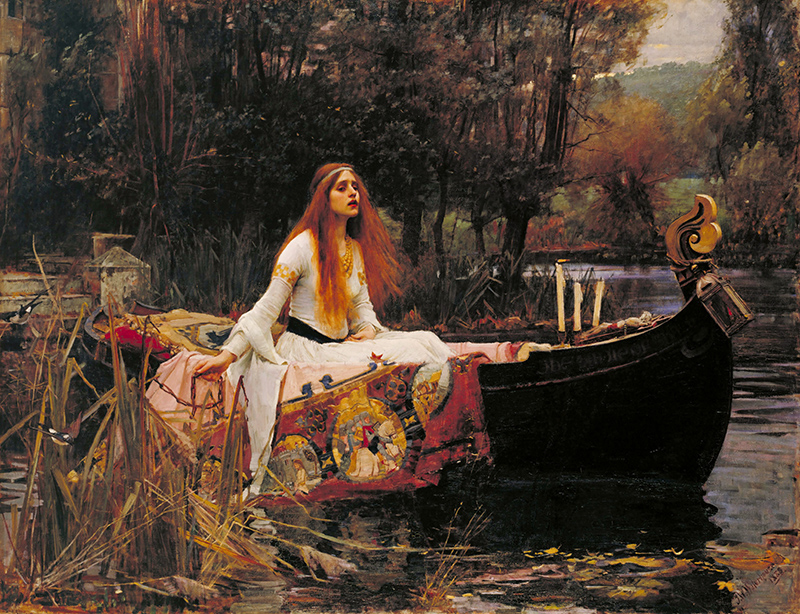Episode 01: Boris Vallejo and Julie Bell
Welcome to The Illustrator’s Studio. I am Jesse Kowalski, Curator of Exhibitions at the Norman Rockwell Museum in Stockbridge, Massachusetts. The Illustrator’s Studio is a weekly interview series, a project of the Museum’s Rockwell Center for American Visual Studies. In this episode of The Illustrator’s Studio, we welcome two of fantasy illustrations most popular artists: Boris Vallejo and Julie Bell. Peruvian-born Vallejo has become the master of the sword and sorcery genre. After studying art in his native country, Vallejo moved to the United States where he steadily built a tremendous career. Over the last fifty years, he has painted every major fantasy figure from Tarzan to John Carter, Conan the Barbarian, and many more. And one of today’s most in-demand, fantasy artists, Julie Bell studied art in college. While achieving great success in professional bodybuilding, she met Boris Vallejo. In 1989 she began modeling for him, and was inspired to return to illustration. In 1991 her work appeared on the cover of Heavy Metal magazine, and the demand for her work has continued to grow. Vallejo and Bell married in 1994 and continue to inspire each other, often collaborating on paintings. I should note that both artists will be featured in the Norman Rockwell Museum’s Summer exhibition, Enchanted: A History of Fantasy Illustration, opening on June 12th. Boris and Julie, welcome!
Hey. Good to be here.
Before we get into your background, I just want to note that the catalog for the Enchanted exhibit features the work of both of you and your sons, Anthony and David, Julie, and they’ve become accomplished fantasy artists in their own right. So how does it feel to see your children, not only following in your footsteps, but achieving great success doing that work?
It’s seriously beyond my wildest dreams. It really is. I mean, they’re so inspiring to me and both of us really. Absolutely. You know, I have to also, you know, I want to put this also in between here that I have a son also and a daughter and they’re both professional artists, too.
Boris, I’ve been a fan of your work as long as I can remember. I remember when I was a child, I owned a puzzle that had one of your paintings on it.
Which painting was that?
Oh my gosh, I don’t know. It was so long ago. But I remember being blown away…
I had some paintings that were done that were made into puzzles.
Yeah, no, I remember being blown away by your work. I wanted to know, how did you get started in fantasy illustration?
Well, actually definitely one of the things that really, really got me into doing fantasy illustration was the work of Frank Frazetta. And I have to give credit to the man you know for being really one of the pillars of that genre. And one of the things that really, really attracted me enormously about his work was number one, the way he portrayed people, you know, the people were… the men were very muscular. And I was very much into that, when I was a teenager, you know, I got into bodybuilding and so on and so forth. And the women were also, you know, really very feminine. And then what he did with the backgrounds, it was the style, the way he portrayed the people and the way he portrayed the backgrounds were really, really astonishing, different from most people. So that’s what really got me interested into doing that kind of illustration.
And did you ever meet him?
I met him once. Yeah. We both met him when we were together at Comicon. And he was really, really interesting.
You know, because all those years, you know, that we were doing the same type of work and never got to meet each other. Right.
Even though we really actually live very close to where he lived. We both lived in Pennsylvania. We’re an hour away.
So Boris, you moved to the U.S. I think at age twenty-three, is that right?
That’s correct.
So as a young artist, starting out in a new country, what types of projects were you working on? Did it take a while to get started or did you just jump right in?
Well, it was actually really, really very, a very interesting way to start because I wasn’t really so sure what direction I wanted to go with my art. I knew that I wanted to come to the United States because I was doing freelance work in Peru in South America. And one of the art directors that I was doing work for was an American. And he’s the one that said to me, “Listen, you know, you are really good and you should go to the United States and specifically you should go to New York City.” And when he said that to me, I actually, really to tell you the truth, I got panicky. New York City. What? Oh my God. You know, I mean, I had never been out of my country. I certainly didn’t speak any English, not a word of English. And I, and I really, really don’t know. It’s just like, it was so scary for me coming here. But I did, you know, it took me a few weeks to think about it. And then I thought I’m just going to do it and let’s see what happens. And it happened. So…
What types of things did you start on?
Well, the thing that I started is that I got a job actually doing illustrations for a department store. It was actually, they were selling, you know, like it’s like, it was like a supermarket. They wanted me to illustrate the merchandise that they had in…
Like in the circulars, newspaper advertising. Yeah.
And, uh, you know, which was really good for me. It wasn’t really what I wanted to do for the rest of my life, but I was making a living, and I was actually developing a technique that was really, really good for me to be… how could I put it, you know, really… so disciplined.
Yeah, man, the kind of drawings that he did, they were just these little ink drawings of just products and like serious discipline, because you’d have to do like a whole bunch, like every day they would say do all these by tomorrow. And so his mental library of drawing skills is just phenomenal because of that background, just so much drawing, drawing, drawing every day, all these different things that he just did because that’s what was put in front of him to draw, you know.
I was really developing a product, you know, to just, you know, how could I put it, you know, the discipline… really disciplined to sit down whatever time it is so that you can have this work done quickly the next day. So that was a good beginning.
When I was growing up, some of the most influential fantasy artists from my childhood, I guess it would be four main ones, Frank Frazetta, of course, Jeff Jones, Brian Froud and you, and I was wondering, when did you know that you’d finally made it as an artist?
Still working on it.
You know, it was really quite honestly, quite honestly, I really don’t think about it. I really don’t think about it because I don’t want to think this is it, you know, this is it. So then what, that’s it, that’s where you stop?
But there was a time when you were in your career where you felt like, “I’m actually doing this now; I’m part of that world now.” And I would guess that that had to do with when you started doing book covers for publishers.
Actually, it was even before that, because I started before I started doing the book covers, I was doing comics. I started doing comics, not the inside of the comics, but the covers. And that did really prepare me for the covers of books. And then from there, you know to whatever, came around, you know, to like movie posters and, you know, all kinds of different things, you know? So that’s how it happened.
Since you brought up movie posters, one of my favorite ones that you’ve done is Barbarella. But, uh, I think probably your most seen work around the world is probably the poster for National Lampoon’s Vacation with Chevy Chase. How did you get that gig for a, you know, a comedy film and why did the producers choose you, I guess, and how much input did you have in creating that poster?
You know, I had nothing to do with it. I was just there and they called me and they told me that that’s what they wanted me to do.
Now, let me ask you a question. Um, you had done a couple of paintings or at least one painting for, I think, Mad magazine or something previous to that. And it was kind of done in this real satirical way. And you know, where the characters were funny, they were like realistic, but really characterized, you know, made caricatured. And they were funny and bigger than life. And I’m just thinking that maybe they saw this kind of satirical… they could see that you had that sense of humor and it’s like a realistic thing, but still with this sense of humor, that also brings it as bigger than life. And it just makes it really fun.
That’s actually precisely what made me really get into this kind of approach, you know, to illustration. It was, it had a sense of humor, it had style. It flowed, you know, in that really ad way sometimes, you know, and, and I love that.
Cause he, he’s definitely somebody who has a big sense of humor. It’s a weird sense of humor. What can I say?
You’ve both won a number of awards throughout your careers. You have both received the Chesley award for Lifetime Artistic Achievement, which is phenomenal. How does it feel to be acknowledged as two of the top illustrators of our time?
Well, it’s a huge honor. I mean, there’s so many amazing artists out there and the people, the other people who win these awards are like, we’re like, wow, they’re so good. And it’s just, it’s just a real honor. It makes us really very, very happy to know that our work touches people, you know, that it really captures their imagination and means something to them. It really, it really means a lot to us, you know, because we’re putting a lot of ourselves into it. And when we get this kind of a feedback that we’ve actually, you know, made an impact, it’s a wonderful feeling of reciprocity. Yeah.
So Julie… I wanted to ask you, many people strive to be good at just one thing in their lives. But you have managed to excel at at least three that I know of: bodybuilding, art making, and then raising two boys. Don’t you ever get tired?
I do not. I don’t have time for that. I actually don’t get tired. Yeah.
She is unbelievable. She does not get tired.
So what’s a typical day, like for the two of you?
Well we, you know, we get up pretty early. We get up at like 6:30 or 7 just because, you know, and um, generally like we’ll have breakfast and read the newspaper. I like to have… the morning is kind of sacred. Like nobody messes with my morning things and it’s like, you know, newspaper reading and, you know, breakfast and, uh, hanging out with their dogs and listening to music and then walking the dogs for like an hour every day is also a part of the routine. And then after that, you know, just get to work, uh, it used to be different of course, before COVID we would go out and do a lot of things. Nowadays, since we’re just at home, there’s a lot more just, you know, working and painting, and I do enjoy that. I miss seeing people and getting out to do that stuff, but I really like having so much time to spend just being creative. And, uh, we used to go to the gym also, but we don’t do that. We’re working out at home now. So actually that’s kind of interesting because when you’re working out at home and you get into that routine, you actually can do more. And in a whole different… like it’s all different ways from the way we used to. So it’s kind of, you know, an interesting shakeup in some of that kind of stuff. Some things have been much healthier for us that way.
And you mentioned to me before that you both work side by side in the studio, is that correct? And you, and you often collaborate together as well, right?
Well, I wouldn’t say often, um, you know, we do, we definitely do. We’re working on a painting right now that is the two of us together, and we have some of our commissions, people specifically want both of us to be working on it. They want both names on it and they want both of our, you know, input into the painting.
And also you know I have to say, you know, formerly, I would say a few years ago, our styles were more similar. At this point, you know, Julie has developed her own way, her own style of working on her painting. And it’s incredible. It’s unbelievable. It’s just so gorgeous. Beautiful. And, you know, I got to get up from work and just look at what she’s doing, you know, because it’s, “Oh my gosh, really?” This is unbelievable.
And Julie, you’re working on a series of wildlife paintings now, correct? Is that the direction you’re going after, or are you still sticking with fantasy?
No, I really would not ever want to pin myself down into one thing. I’m just not that kind of a person. And I, another thing I’m doing also is a children’s book. That’s like really interesting. It’s really different. I’ve got it written. And I have had an editor work with me and I have a publisher that’s, you know, really excited about the whole project. It’s just going to be a really cool thing. Uh, the art is very different for a typical children’s…. it’s more kind of psychedelic and, you know, it’s just going to be real different and I’m really excited about it. I’ve always wanted to do a children’s book. And so this just was weird because this publisher came to me at a moment when it was just amazing synchronicity there. And, um, I was just letting it sit on the shelf for a long time.
And then when they popped up, I was really mentally starting to get myself ready to do it. And I was like, this is so weird. I’m just thinking the thoughts, I want this children’s book to happen. And all of a sudden this guy, you know, he’s like, we’re looking for someone to do this kind of a book. And so anyway, it was just amazing.
How did the two of you meet?
Because of the bodybuilding. I mean, I was in a contest that was in New Jersey that had been sponsored by a guy that Boris knew and he was a gym owner. I won this contest and then he, you know, called Boris and said, you gotta meet this woman. She’d be a great model for you and that kind of thing. So it was just, you know.
So I did.
Yeah, it was a weird meant-to-be kind of thing. Like the universe made it happen.
Both of you paint your figures so perfectly – your bare-chested men, you know, your strong women… The anatomy is so perfect. I was just wondering how you both learned how you would learn to do anatomy.
In my case, you know, I actually, when I was going to high school, I got the feeling that what I wanted to do after high school would be to study medicine. And in fact, I started pre-med, you know, when I finished high school and, uh, and then, you know, I started doing freelance work just to make extra money, but I, you know, my idea was that I was going to be a doctor and, uh, until I got there, you know, studying medicine and I really, really feel I’m making money, you know, doing art. And I’m not really that seriously into medicine, you know. However, you know, it really made me be aware of the human body. And, uh, I use that, you know, for my, for my painting. So that’s how it happened.
Yeah. And I think that also for me, just, you know, like first definitely doing all the life drawing, but also I’ve always been someone who like, I love bodybuilding. It was a really fun thing. But before that, I had done a lot of dance and gymnastics and that kind of stuff. And I had a feeling for my own body and the way the muscles worked was always fascinating to me, even when I was a kid. I remember the first time I realized like how that you could feel muscles flexing and that kind of thing. And, um, so, you know, I think just, you know, that awareness from the inside out, you know enhanced my feeling for anatomy and art.
What kind of references do you use? Do you use photographic references or do you still use live models?
Well, mostly we do work with photographs. Occasionally, I have the luxury of working with a life model. It’s a whole different kind of look and painting and everything. Um, but I mean, right now for this past year, we haven’t had any models here, but we have a really great library…
I mean we have been working with models – really, really unusual top models – really for years and years. So we have an enormous library of people.
Yeah, yeah. And photography itself has been, you know, a lot of fun. I mean, um, just, you know, doing it as reference for the paintings, you know, we’ve learned a lot about just photography and it’s so interesting to see how that affects your art. And, you know, we’ve kind of been thinking about how over the years, the changes in our photography methods have changed the look of the art as well. So that’s… yeah.
Julie, could you tell me about your early career in fantasy illustration? You were on the cover of Heavy Metal in ‘91, and if I’m not mistaken, you were the first woman to draw Conan the Barbarian for Marvel Comics?
As far as I know, that’s what I was told. And I think that’s true. I don’t really I can’t think of any other before that. Yeah, I did a lot of video game covers during that time in my early years there. And that was, that was a really fun product to be working for. I liked that a lot.
Yeah. I mean, there are so many… you know, working at the Norman Rockwell Museum with golden age illustrators, you know, most of them were men, but in the fantasy exhibit I’m doing now, you know, a lot of the contemporary illustrators today are women. And it seems like, like you were kind of one of the, you know, you kind of started this whole phase now of great female fantasy illustrators.
That’s cool. Yeah. Yeah. Well, I’m really… I do think it’s really neat to see how many more women are in the field these days. It’s really something I think having game art has really brought in a whole lot of new people. And so, you know, it’s just been, it’s, it’s neat to watch what they’re doing right now. I like it. It’s amazing. It’s really amazing.
How did both of your art careers influence the art careers of your children?
Um, well, I mean, they grew up with this surrounding them. And so this was you know, I think for one thing, growing up with that around you takes away the mystery, like this feeling… like I grew up not with that around me. And I never knew a professional artist that made a living doing their art until I met Boris really when I was thirty years old. And so I always had this feeling like, how does it work? You know, it’s so mysterious. Like this world is so different from the rest of the world, and I didn’t understand how a person could do that. Um, so I think that they grew up with that around them and they, you know, I would take them with me to Marvel Comics and meet people there, and that was really fun. You know, they would go to Comicon with us and just different things that they… it felt more like the normal world to them. So I think that made it where they were more, just comfortable in that world. And they just, they really liked, you know, seeing what we did and they definitely even, you know, before before all that they, you know, my kids were really always artistic and always drawing a lot. And you know, so sure. I think it’s just when you’re surrounded by it, it’s just part of your, you know, the world around you in a natural way, which is kind of really cool.
Looking back, what artwork or artworks are you most proud of, that you have created?
I can’t say that it’s anything that really, for me stands out that way. You know, I really put myself into whatever I get, you know, to do. If I, if it’s something that doesn’t doesn’t appeal to me, I don’t take it, but if I take something, I actually put myself into it. So everything that I, that I do, you know, has a very special feeling for me.
I guess for me, I mean, I do, I feel kind of similar and I was going to say, I feel a lot about what I’m doing now, but I think I’ve always felt that way all along. Um, it really, it really truly is kind of like your own children. You know, you, you, as you go along, you, if you just kept having more kids, if I had as many kids as I had paintings, it’d be a lot of kids, but at the same time, I think I would love each and every one of them in their own way. And I really feel like, you know, when you spend time doing a painting, if you’re not loving it, you know, you’re definitely missing it. You’re not going to get the same results from it. So, I mean, I, I do love what I’m doing and I love the paintings, uh, the ones that I’ve been doing recently, especially when they have animals and when I’m really getting more expressive with my fantasy, too, where it can be more surrealistic and, you know, bringing the animals into the fantasy world and getting more kind of psychedelic in the way that I’m doing a lot of my… just the painting style with the backgrounds and everything.
Um, I’m just having such a blessed… I can’t really pick out one or even, uh, you know, I don’t know, I guess some of the larger pieces I’ve done, I am really proud of, but at the same time, there’s some really small pieces that I just feel like, I just love this painting. You know, it feels really special to me.
Who are some of the artists that influenced both of you?
Well, to begin with, to begin with… I actually was influenced by the Renaissance, you know, people, the artists, you know, Murillo, Velazquez and, so on and so forth. And as I got into illustration, you know, there were of course, a number of illustrators that I really, really looked up to, or I wasn’t really following, you know, then, but I was just looking at their work. And the, I would say the one that was the biggest influence, you know, for me was Frazetta. And you know, after that, I just went on my own. I really looked at everything, but I didn’t look at anybody in particular.
And I would say for me, when I was studying in school, we were, you know, we did a lot of master copies of, drawings from the Old Masters. And so that was my big influence back then. But then also around the same time I discovered Art Nouveau and I loved that stuff. Um, I tell you, man, like the art, like Dulac and Kay Neilsen to me really stand out, um, like Kay Nielsen just says, there’s really weird things. I just love their sense of design. And, um, and just the way it’s so strange, you know, and I just, I just go nuts over that, but I really love Waterhouse and Sargent, and, I can’t, I don’t know… the people that are also producing art now. There’s so much stuff online that just blows my mind. I, um, every day I look at things on Instagram and, you know, different places and I really like to see what everybody’s doing and it’s so inspiring.
What do you feel is your greatest achievement in life?
I guess for me, um, I really definitely feel that my family is, you know, and what we have right now, the way my family is, it’s huge for me to feel like that we have this much communication with each other and trust in each other. We are very close to each other. Yeah. Yeah. That’s it, that’s the best, the main thing in the whole world to me.
I met both of you at the Illuxcon conference in, I think it was October 2019, and you were both some of the most down to earth, nicest artists I’d ever met. And then talking with you these past months, working on the exhibit, you both have been so great. So, you know, with all you’ve done… with all you’ve done, with all you’ve accomplished, how do you stay so humble and down to earth?
I guess we, we know that we’re just people like everybody else.
Absolutely.
It’s hard to get up on your high horse and so easy to fall down.
Not only… you know, in my case, I have to say, you know, I would never really would want to separate from the rest of the world and to feel like, “Oh, I am above this.” You know, no, it’s part of what we are, you know, as part of what we have. And it’s really nice to really be in between all that, you know?
What is it about fantasy that inspires you?
I think that fantasy art I think the number one, like visually, there’s like the beauty of it in terms of like the way bodies are portrayed and the use of the backgrounds to bring you into other worlds. But I think also just like metaphorically and really spiritually, I think that it’s something that really expresses so many human experiences and you know, our needs and things, and like the need for empowerment, like self empowerment. Uh, I feel like that’s a lot of what’s going on with fantasy art or fantasy in general, fantasy literature. Um, so that’s what really attracts me.
I would say that I think it’s really wonderful to be able to make things, you know, that are really non-existent to make them real and to make it part of the world. And, uh, both, you know, we are part of that, and that is part of us, too. So it’s, it’s, it’s a wonderful thing to have in your life.
It is. It’s just fun to also be in that world. Why, when, you know, when you’re working on something, you know, you really can just be in that world. And it’s great to be able to like, be out walking my dogs and thinking, you know, I have the perfect excuse to just go for a walk and be in dreamland and think about unicorns all day. Like what could be better? So fun.
That’s about all the time we have. I want to thank both of you for all you’ve done, for your help with the exhibition, and just for inspiring so many people with your brilliant artwork.
Thank you so much for including us. And, uh, you know, it’s just, we’re really, really excited about this whole exhibit and very honored to be part of it.
For more information, check out Borisjulie.com and Juliebell.com, and our own websites nrm.org, illustrationhistory.org, and visit the Rockwell Center for American Visual Studies at rockwellhyphencenter.org. And as always, don’t forget to subscribe to the latest content. And this has been a production of the Norman Rockwell Museum.
VIDEO
IMAGE GALLERY
01 Boris Vallejo, The Savage Sword of Conan, no. 5, 1975
02 Boris Vallejo, Red Sonja #2: Demon Knight book cover, 1981
03 Boris Vallejo, Flash Gordon book cover, 1980
04 Julie Bell, 1980s
05 Julie Bell, Heavy Metal, January 1992
06 Julie Bell, Demon’s Crest videogame box art, 1994
07 Boris Vallejo and Julie Bell, John Carter of Mars with Friends, 2009
08 Julie Bell, Pegasus Befriends the Muses, 2018
09 Anthony Palumbo, Angel Token, 2011
10 David Palumbo, The Fallen, 2014
11 Vallejo – Puzzle Golden Wings 1978
12 Frank Frazetta, A Princess of Mars book cover, 1970
13 Frank Frazetta, Flashing Swords #1! book cover, 1973
13 Frank Frazetta, Flashing Swords #1! book cover, 197314 Frank Frazetta, Egyptian Queen, 1969
15 Frank Frazetta, The Norseman, 1972
16 Boris Vallejo, Tales of the Zombie, no. 1, July 1973
17 Boris Vallejo, The Savage Sword of Conan, no. 1, August 1974
18 Boris Vallejo, Barbarella (re-release) film poster, 1977
19 Boris Vallejo, National Lampoon’s Vacation film poster, 1983
20 Boris Vallejo, National Lampoon, no. 74, May 1976, “Discovery of America (c. 1000 A.D.)”
22 Boris Vallejo, The High Couch of Silistra, 1977
23 Julie Bell, Heavy Metal, May 1992
24 Julie Bell, In Circe’s World, 2016
25 Julie Bell, A Dream About a Dragon and a Tree, 2016
26 Julie Bell, Speak Softly, 2019
26 Julie Bell, Speak Softly, 2019
26 Julie Bell, Speak Softly, 2019
26 Julie Bell, Speak Softly, 2019
26 Julie Bell, Speak Softly, 2019
31 Julie Bell, Wolfenstein 3D promotional art, 1993
32 Diego Velázquez, Allegorical Portrait of Philip IV, ca.1645
33 Edmund Dulac, Illustration from “Sindbad the Sailor and Other Stories from the Arabian Nights,” 1914
34 Kay Nielsen, Illustration from “Hansel and Gretel and Other Stories,” 1925
35 Kay Nielsen, Illustration from “East of the Sun and West of the Moon, Old Tales from the North,” 1914
35 Kay Nielsen, Illustration from “East of the Sun and West of the Moon, Old Tales from the North,” 1914
Enchanted: A History of Fantasy Illustration
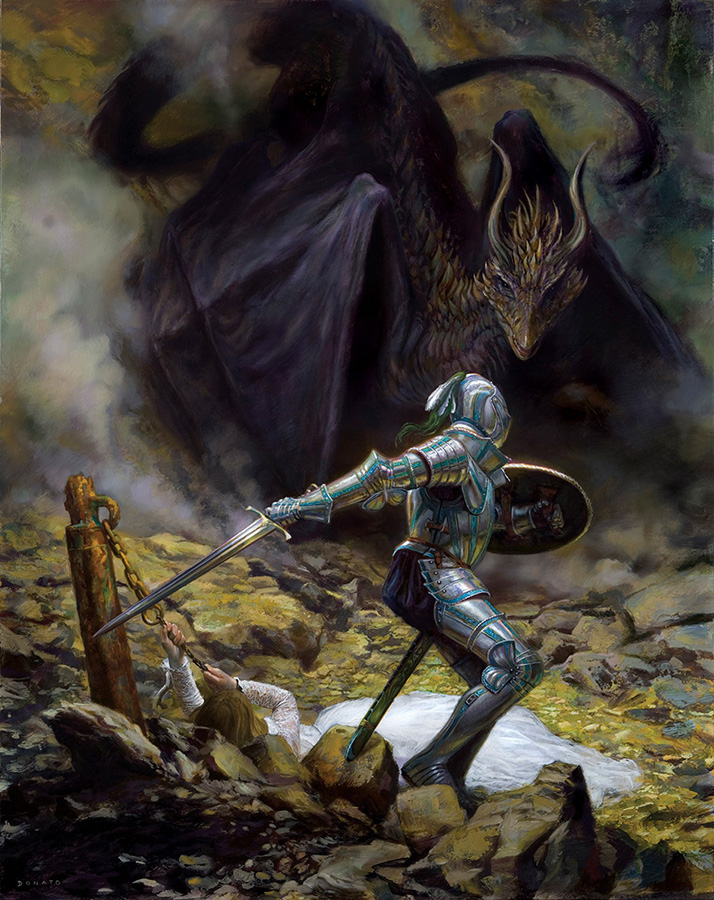
Enchanted: A History of Fantasy Illustration explores fantasy archetypes from the Middle Ages to today. The exhibition will present the immutable concepts of mythology, fairy tales, fables, good versus evil, and heroes and villains through paintings, etchings, drawings, and digital art created by artists from long ago to illustrators working today.
The exhibition Enchanted: A History of Fantasy Illustration is organized by the Norman Rockwell Museum in Stockbridge, MA, and will be on view here from June 12 through October 31, 2021.


